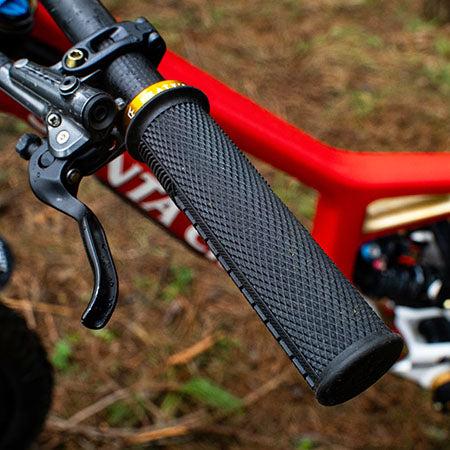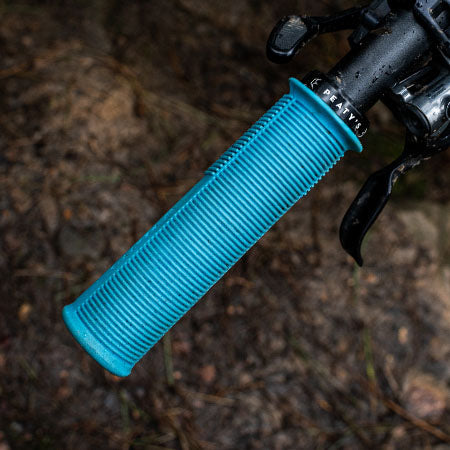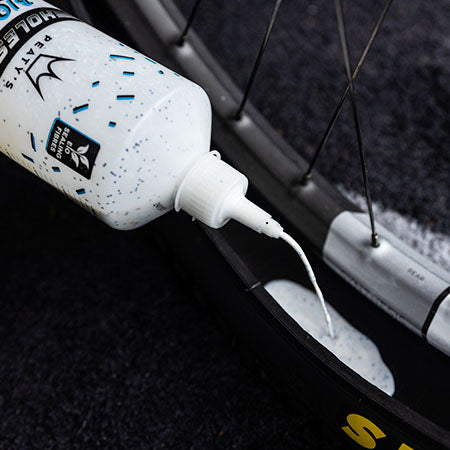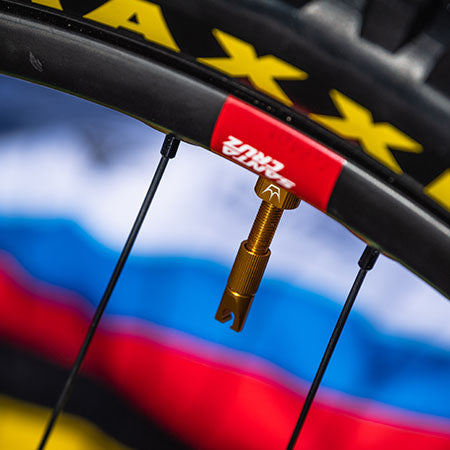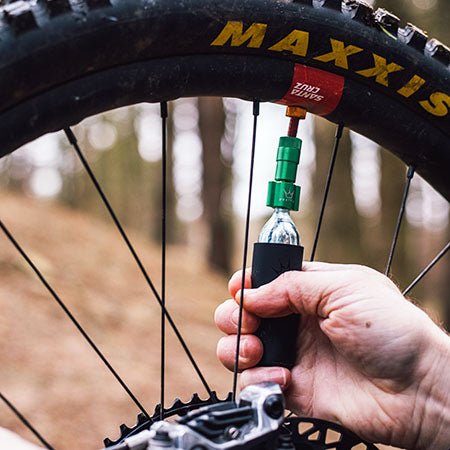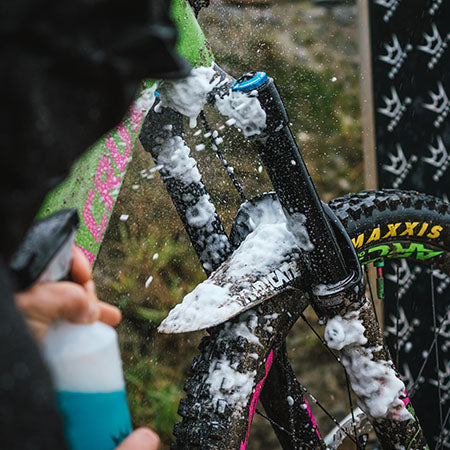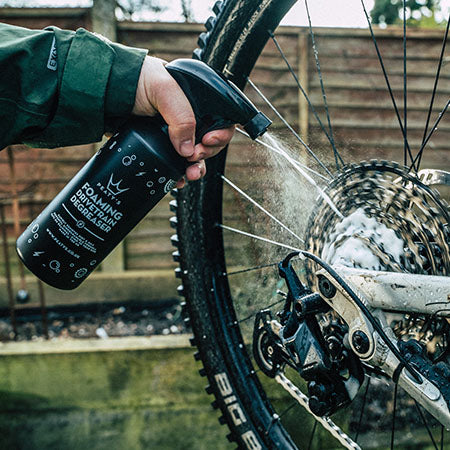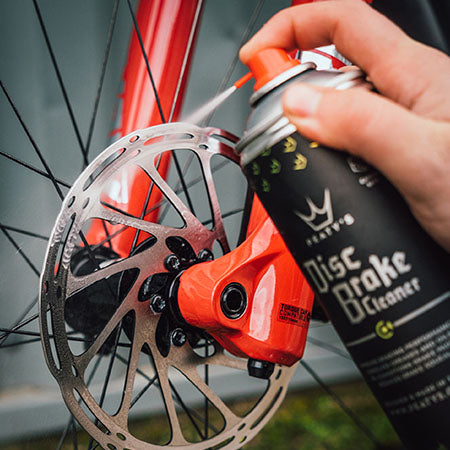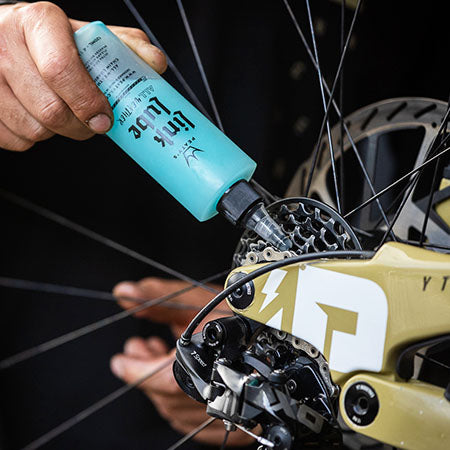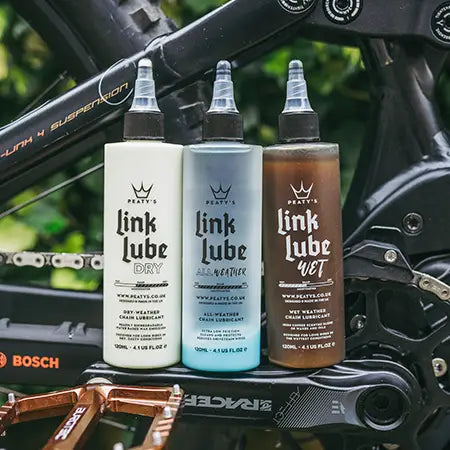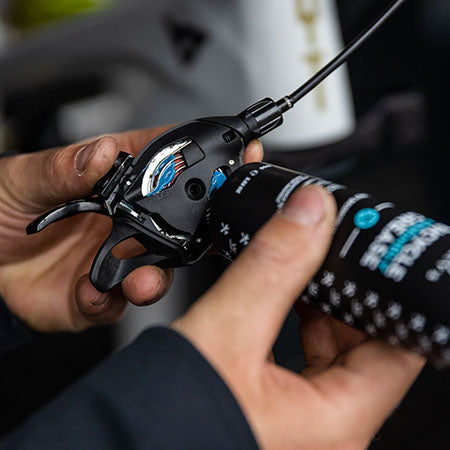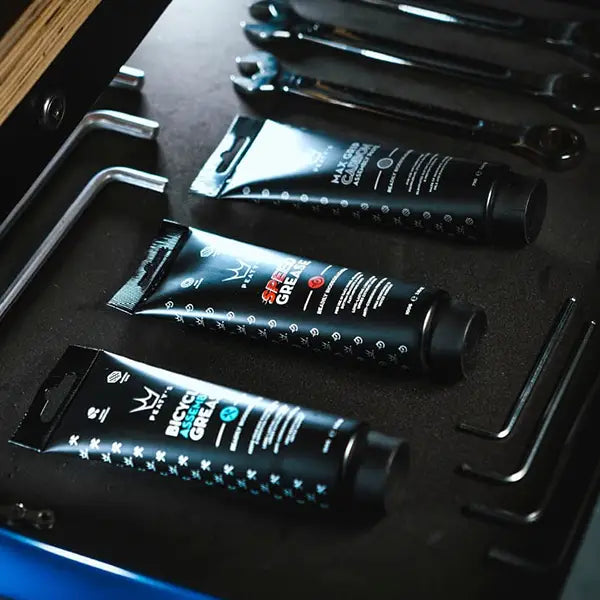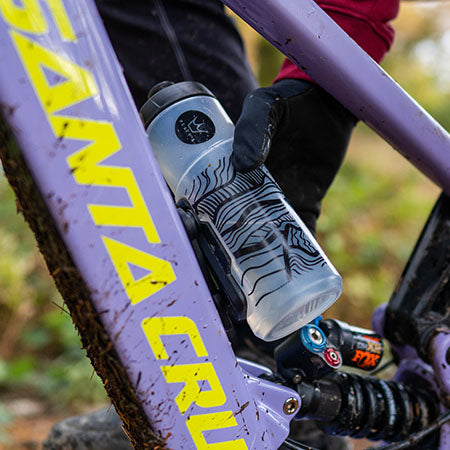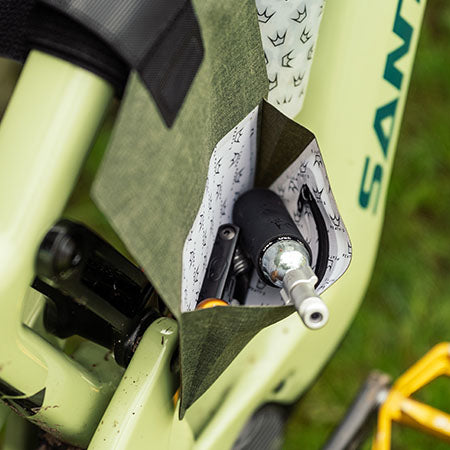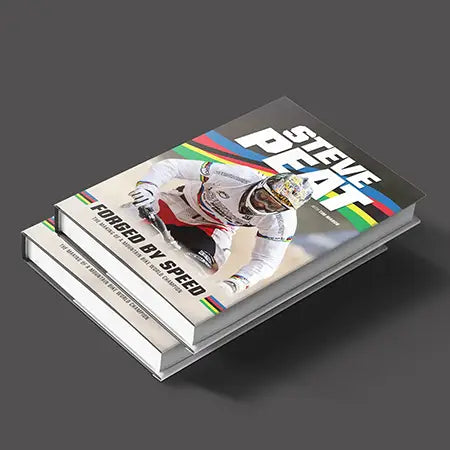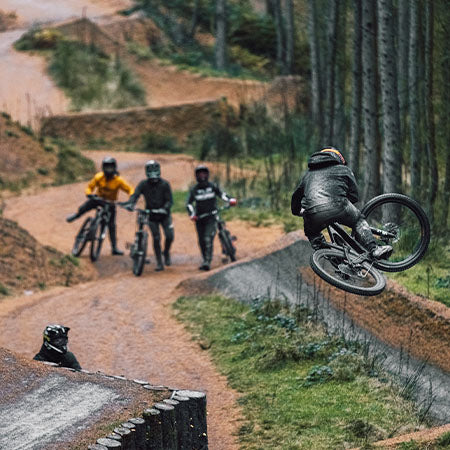Get help fixing tubeless punctures with our puncture sealing pro tips!
Peaty’s Holeshot Biofibre Tubeless Sealant is quickly getting a reputation as being the best puncture stopping fluid available for every sort of bike. We’ve worked intensively with pro racers, mechanics, hardcore shredders and professional testers all over the world for years to make a formula that is brilliant at fixing punctures up to 6mm, while being as eco friendly and easy to use as possible.
It can’t fix stupid though, so here’s how to get smart with your sealant for the fastest puncture beating, ride saving performance every time.

Plenty of Peaty's
The most important thing is to use enough Holeshot Biofibre Tubeless Sealant for your size of tyre. Our unique tyre plugging, hole sealing formula is super efficient, but you need enough to coat the tyre and still leave some spare to rush to puncture sites not just once, but as many times as you need. That’s why we’ve priced our sealant as affordably as possible despite using expensive, eco-friendly bio-fibres and bio-platelets instead of cheap plastic alternatives that are poisonous for the planet.
How much sealant should I use?
If you want to be scientific we recommend 2ml of sealant for every 1mm of tyre width - so 120ml for a 60ml wide MTB trail tyre, 80ml for a 40mm gravel tyre etc. If that sounds like a faff, if you use 100-120ml for 29er MTB, 70 - 90ml for 27.5in MTB, 70-80ml for gravel/CX and 50ml for road you’ll be near enough. If you find yourself puncturing a lot then simply add more sealant for more protection.
We’ve spent ages making Holeshot Biofibre Tubeless Sealant as stable and temperature tolerant as possible over long periods (you won’t find snot balls or dried out lumps after a few weeks with us) and can stay liquid for up to six months in your tyre. That’s another reason we made our mix water based and easy to rinse out so you don’t end up with tyres that weigh a ton or are so covered in gunk they don’t seal on the rim properly.
How often should I check my tyres?
Depending on how much you ride, and how warm it's been, we recommend checking your sealant every three months. For hotter climates or regularly ridden wheels check every month.

What to do when you get a puncture - go hold down!
In most cases our Holeshot Biofibre fluid will find the hole and plug it as your wheel spins. Often it’ll do it so fast you won’t even lose significant pressure, so you can carry on without even pumping your tyre up.
If there’s still some spurting or bubbling, or you’ve stopped anyway, be sure to rotate the wheel so the hole is at the bottom where the sealant naturally pools. That means loads of sealant exactly where you need it to fully plug the hole.
You can help get sealant to the bottom of the tyre and seal the puncture even faster by tapping the tyre on the ground. This literally knocks the fluid to the bottom like ketchup and it’s a great pro hack for the fastest seal.
Don't go hole up!
You know we said even Peaty’s Holeshot can’t fix stupid? Well you'd be amazed how many videos we get sent of a hole at the top of the tyre with an angry comment about the sealant not working. Going back to the ketchup comparison, that’s like holding the bottle top up and wondering why there’s no red stuff on your chips.
So don’t put the hole at the top to watch if it's sealing because then the sealant will actually run away from the puncture site. That means there’s no fluid to fill the hole and we’ll have another angry video to facepalm about.

Entrance vs exit
The size of the hole on the outside of the tyre is only half the story. Sometimes the exit wound can be much bigger than the entrance hole and involve serious damage to the woven ‘carcass’ that holds the structure of the tyre together. Of course any damage inside the tyre is completely hidden until you take it off too. So if you’re wondering why a small external hole isn’t sealing like you’d expect, peel the tyre to check and then plug if you need to.
Rim dingers
Punctures right down against the rim are the hardest to seal. That’s because it’s often the most flexible part of the tire, so there’s lots of movement opening and closing the wound all the time. The sealant naturally spins around the highest part of the tyre rather than sitting against the sidewall so there’s less Holeshot fluid around to do the healing.
To help, tip the bike/tyre right over to get the sealant to pool where the hole is. Even the unique mix of fibres and platelets might not be enough to create a consistent fix without help though, which means it might be plugger time if you find the hole keeps opening up again in corners.

Plug if you have to
We tested Peaty’s Holeshot Biofibre tubeless sealant with some seriously big punctures to find a mix that could fill most holes on its own. Sometimes the hole is so big or awkwardly placed that you need to plug it physically. That’s where our uniquely easy to use Peaty’s Holeshot Tubeless Puncture Plugger kit comes in for the fastest, simplest repairs.
We’ll tell you all about that in a separate blog though, so for now we hope you know everything you need to about fixing punctures fastest with our sealant and if you’ve still got questions then give us a shout. Just don’t send any pictures of leaking tyres with the hole at the top...


